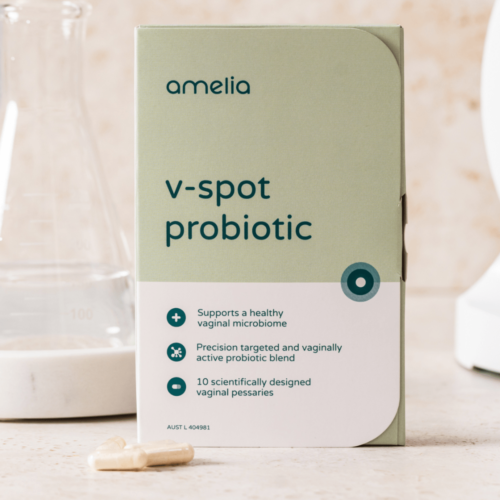A wet mount or wet prep (same thing, different name) may be performed in your doctor’s office to examine your vaginal fluids for the presence of certain bacteria or cells, to determine the cause of symptoms.1
A doctor can look at saliva, blood, semen, urine or vaginal secretions under the microscope using a wet mount (wet prep). A wet mount or wet prep is used to determine the presence of semen as part of a rape investigation.
A wet mount is not usually performed during your period, since the blood would obscure the results. A wet mount or wet prep relies on your doctor’s eyesight.
You should also not have sex, douche or use any vaginal products or treatments for as long as possible (at least 24 hours, but 72 is better)
The wet mount or wet prep process
First the sample is taken from your vagina or cervix. Where the sample is taken from matters, since some microbes or cells are usually only found in certain areas.
A high vaginal swab is usually the best, as opposed to just around the vaginal entrance, but this will depend on what is wrong. If you have a vulvar condition, taking a sample from closer to the vaginal entrance may be appropriate.
No matter what, you’ll need to have a speculum inserted to push the vaginal walls open so a vaginal fluid sample can be taken. A drop of water or salt solution is used to suspend the vaginal fluid between the slide and what’s known as a cover slip.
The sample is placed onto the glass slide, then a drop of water is placed on top of the specimen. Air bubbles must be kept out of the specimen since they will interrupt viewing via the microscope.
What a wet mount or wet prep can reveal about your vagina
Normal vaginal flora under wet mount or wet prep2
- No yeast or trichomonas found
- White blood cells and clue cells are absent or low in number
Symptoms of infection found under wet mount or wet prep3
- Yeast infections may appear as lumpy, thick, white discharge, plus yeast buds will be seen, though they are only visible half the time
- Trichomoniasis causes foul-smelling discharge, yellow or green foamy discharge, with mobile trichomonads visible on slide
- Bacterial vaginosis appears as a thin, watery, grey, milky discharge with a fishy smell, with diagnosis made if there are over 20 per cent clue cells, plus other signs including a conclusive pH test and whiff test as part of Amsel’s criteria
- White blood cells are a general sign of infection
Other tests that the sample may be used for in diagnostics
- pH test – normal vaginal fluids have a pH of between 3.8 and 4.5, with BV, trich and atrophic vaginitis causing a pH greater than 4.5
- Whiff test, whereby potassium hydroxide (KOH) is added to a sample, then the doctor sniffs the sample to see if it is fishy
When you go to the doctor, ask what they can see! Now you know what they are looking for.
References
- 1.Vieira-Baptista P, Grincevičienė Š, Oliveira C, Fonseca-Moutinho J, Cherey F, Stockdale CK. The International Society for the Study of Vulvovaginal Disease Vaginal Wet Mount Microscopy Guidelines: How to Perform, Applications, and Interpretation. J Low Genit Tract Dis. Published online February 25, 2021:172-180. doi:10.1097/lgt.0000000000000595
- 2.Donders GGG. Wet mount microscopy reflects functional vaginal lactobacillary flora better than Gram stain. Journal of Clinical Pathology. Published online April 1, 2000:308-313. doi:10.1136/jcp.53.4.308
- 3.Frobenius W, Bogdan C. Diagnostic Value of Vaginal Discharge, Wet Mount and Vaginal pH – An Update on the Basics of Gynecologic Infectiology. Geburtshilfe Frauenheilkd. Published online May 19, 2015:355-366. doi:10.1055/s-0035-1545909
Specially formulated probiotic for vaginal application to promote a healthy vaginal microbiome.
Unique, comprehensive BV, AV and 'mystery bad vag' treatment guide, one-of-a-kind system, with effective, innovative treatments.





